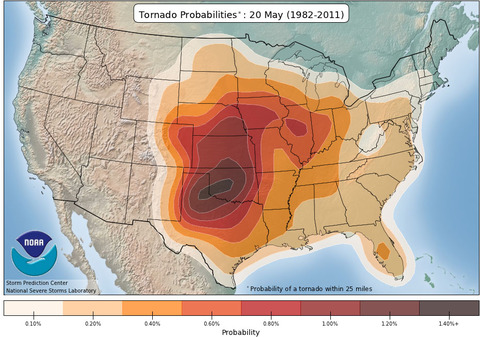Why is that Americans must have an explanation for when circumstances go blowing out of our control? Perhaps we have a Why Disorder. But if so, why is that?
Take the recent mega-news stories lately: The Boston Marathon bombing; the West, Texas, fertilizer plant explosion; the retrieval of the three, long-held kidnapped girls-turned-women in Cleveland; the Oklahoma City-area tornadoes. Each one of these scarcely left time for a breath until journalists were seeking the why behind the stories.
* Why didn’t Boston have better planning for the possibility of terrorist attacks, especially during the marathon? What’s with the connection between the dead Boston suspect and a 2011 murder in which the victim, supposedly the marathon bomber’s best friend was allegedly found murdered in Florida and sprinkled with marijuana? THIS STUFF IS FREAKING ME OUT!!!
* Why weren’t residents who lived in the downtown portion of the community of West better informed as to what kind of dangers lurked in their communities?
* Why weren’t the three kidnapped girls found earlier after the suspect had contacts with the police while the girls were being held? Why was the 9-1-1 operator “so mean” to kidnap victim Amanda Berry as she summoned help from police?
* Why aren’t people in Oklahoma City, especially kids in school, better protected with shelters from the ferocious storms that frequent “Tornado Alley,” the area including OKC?

These are all fair questions and I don’t fault the journalists with asking such questions, especially when victims or those living in the communities do the asking. Perhaps the timing rubs me the wrong way. The more I stray from my journalist roots, the more I question some of the very practices I once engaged in as a reporter. Or at the very least, some aspects of those practices.
“Get off my lawn,” sez me, the Old Fart.
If you’ve ever tried explaining something complex to members of the general public — tides, animal reproduction, the Consumer Price Index — you might understand that getting to the why isn’t always easy. Yet, often the whys to these type of questions are easier to fathom than “the why to the why.”
When I was growing up, accidents used to happen. Mr. Jones was killed in an automobile accident. Mrs. Jones died of natural causes. That the car Mr. Jones was driving had a blow-out on the right-rear wheel which caused the driver to veer off the road and flipped the car three times after the driver over-corrected was not that important. The fact that he was survived by Mrs. Jones who died from a heart attack the next day and that the funeral for the couple will be tomorrow at 6 p.m. under the direction of Smith’s Morgue was what the locals cared most about.
Since then, we’ve had the 24-hour news cycle, lawsuits, the Internet, Honey Boo Boo and who knows what all.
So if you have questions, here are some news articles that might answer some of the inquiries, that is, from all of you who have come to expect immediate answers. If you are looking for answers from me, look somewhere else might I suggest.
Is anywhere safe in a storm — Slate
Tornado Aftermath — The (Memphis) Commercial Appeal
Gimme Shelter — Mother Nature Network
